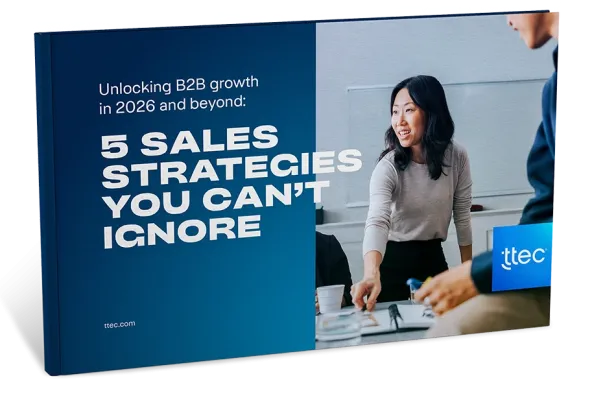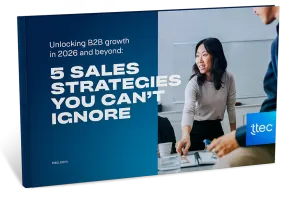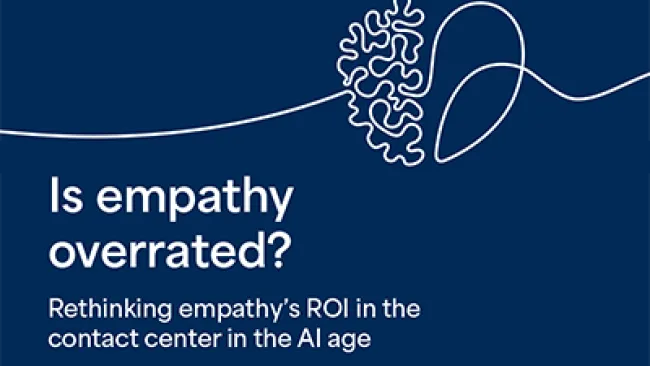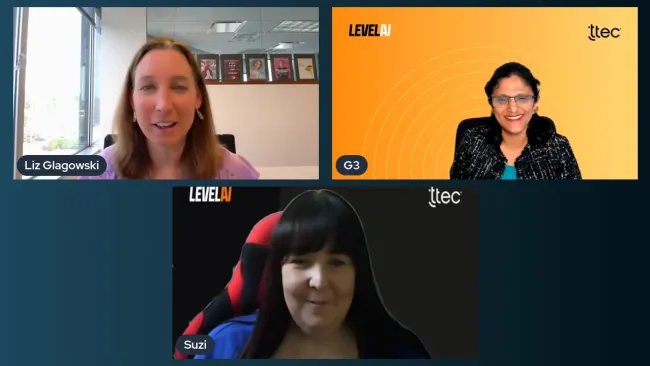SimplexGrinnell raised its net customer advocacy score by 34 percent over three years in large part by doing one thing exceptionally well: acting on customer intelligence. The provider of fire and life-safety solutions captures and reports on customer insight across the company, responds to customer experience issues, and measures the results. Here, Karl Sharicz, manager of customer intelligence at SimplexGrinnell, discusses the challenges that led to the deployment of an enterprise customer feedback program, the processes in place to enable the insight, and the company’s plans to grow the strategy.
SimplexGrinnell began gathering customer feedback by issuing survey cards at the conclusion of a service event. It worked like this: A technician or inspector would perform some maintenance, and at the end of that event they would hand the customer a survey in the form of a business reply card. The customer filled it out and mailed it in. There were incentives for the employees to generate surveys. They would often be given to customers who gave good scores. It was an undisciplined, inconsistent, and selective system and it wasn’t automated.
When I took over managing this function in 2004, the first thing I did was evaluate the program. I realized that we had to have a more robust process in place and be able to respond to customer feedback as quickly as possible. I started a search for a partner to help us, because we knew that if we surveyed customers ourselves we probably wouldn’t get frank answers. We chose MarketTools to automate our feedback program and to help ensure consistency across the enterprise, as well as result in unbiased customer participation.
Capturing customer feedback
Largely, all of the surveys we conduct are by telephone; we’re transitioning to using an email-based system, as well. We currently have email addresses for about 10 percent of our customer base; when we survey those customers, we generally contact them via email. Over the next 18 months we’re planning to gather email addresses for the rest of our customers. We have a centralized contact center that we’re using to help gather those addresses.
Phone surveys run about $25 per call; we conduct about 10,000 phone surveys per year, but that only touches about 1 percent of our customer base. We have one million customers, so we want to touch more of them. Once we transition to surveying the majority of customers via email, we aim to reach 3 percent of our customers.
The way it works is this: Our CRM system keeps tabs on every service event that takes place in the field. Every two weeks my team of four—the customer intelligence team—goes into that pool of data and pulls out 40 recently completed service transactions per office, puts those into a file, and then transfers them to a secure FTP site that MarketTools can access. MarketTools then loads the information into its system, which randomly selects customers for a telephone or email survey. In the case of phone surveys, call center reps talk from a scripted survey based on the service transaction that took place. (Customers surveyed via email are asked the same questions as those surveyed via phone.) And because it’s an event-based survey, we are measuring the experience with the service technician.
Acting on the information
After we collect the feedback we engage in an elaborate process of peeling back the onion. If, for instance, a customer gives a low score for service, we ask him to explain why he rated it that way. It provides a key driver analysis.
Open-ended commentary provides us with some meaty feedback on long-term systemic issues and is part of an overall growth initiative in the organization. We have a well-documented process of conducting text analysis on a district level. The management team of each office, as well as select front-line personnel, reviews customer comments and classifies them into one of about 25 categories we created based on tracking issues over time. Complaints rarely vary from those categories. The local office personnel who read the comments use the information to uncover common themes, and then create and carry out action plans based on those issues. It’s very localized, because the plans are based on feedback from their customers. Each office tracks their progress over time to see how the action plans are playing out, and to determine whether they need to take any additional action.
The customer intelligence team then works with the local offices to discuss their success stories and then share them with other offices via the company intranet, as well as with corporate management. Additionally, district offices will share their successes with other districts in their region at local meetings.
When we find frequency of customer complaints or comments we fix the things that are most crucial to customers. For example, the customers in our fire suppression systems business (think of restaurant kitchen hood systems) were saying they preferred advance notice of our arriving technicians. Now we meet those customers’ expectations by calling them beforehand to set up a specific arrival time.
The customer intelligence team collaborates with local offices to handle specific customer complaints that are short-term in nature. These issues are handled as quickly as possible, and are considered resolved once a customer says their issue has been resolved. The speed of resolution is a real builder of customer satisfaction, loyalty, and recommendation.
We also measure the likelihood that our customers will recommend us, otherwise known as Net Promoter Score. We call it Net Customer Advocacy (NCA) and we measure it on a 5-point scale, rather than the typical 10-point scale. In our case, we take the results and slice it by geographies. So if we see that one local office, for example, has high detractor scores, we can take a detailed and deeper look at that area and determine what’s behind the low net customer advocacy scores. We can adjust the business practices the field technicians are delivering that aren’t meeting customer expectations and causing dissatisfaction.
The value of survey intelligence
The new process has been embraced entirely by senior leadership. We’re a metrics-drive organization, and NCA is easily grasped and assimilated. Plus, now we can see who in the organization is lagging and who is leading.
We measure customer satisfaction on several dimensions of service including overall satisfaction, value perception, response time to critical issues, and we report that on a monthly basis. Additionally, the results of all 10,000 customer surveys are accessible in all 150 offices. Local offices have log-on access to the MarketTools database, which allows them to monitor feedback over any time frame they want to review since we’ve been using the system.
Taking this analytical approach to gathering and acting on customer insight has given us an edge. The net customer advocacy score in 2006 was 17 percent; in 2009 the score was 51 percent. We have a goal of 59 percent by the end of September 2010.
A significant portion of our business is based on service, but before that we rely on equipment installation and the construction market. The economic downturn has had an effect on us like others, and so we have become more focused on market share and winning more new and repeat business than our competitors. In doing so, we are broadening the scope of our surveys and looking at distributing them to our contractor customer segment to learn about other ways we can improve. We’re also looking at the architect and engineering community and those who are influential in the process of getting SimplexGrinnell specified so we can become the preferred supplier of fire and safety systems. Listening and responding quickly with solutions to customers is the key to helping us achieve that goal.
















